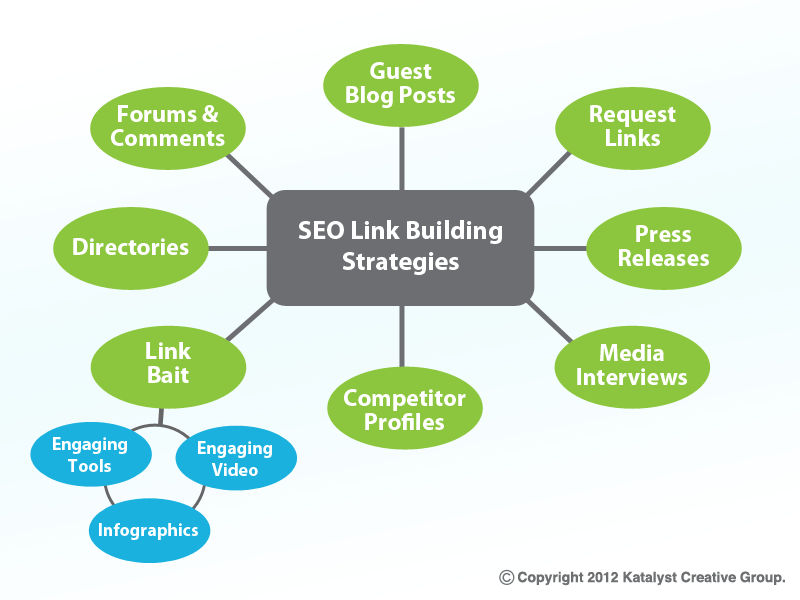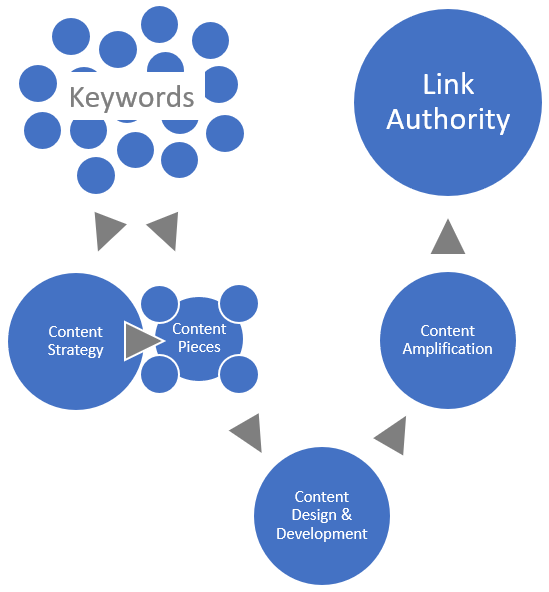According to John Mueller while he was sharing his thoughts in a Webmaster Hangout, creating a site and waiting for the traffic is one of the most incomplete things that you can do while promoting your business. Similarly, it is not going to be enough to promote a site and then sit back and see the traffic coming.
Link rot is one of the threats that can subvert the links and rankings.You might not have heard much about it but the matter of fact is that it’s a problem which needs to be understood and addressed in a timely manner.
You may wonder what a link rot is. It tends to happen in two ways.
- One instance of link rot is when the links disappear. This usually happens as a result of a website update.
- Another case of link rot is associated with the gradual reduction of link power. It tends to happen when new pages push the older pages away from the home page.
In case you wonder who gets affected by link rot, no site is immune to this. Every link profile loses its power with the passage of time.
Link reclamation

One of the ways you can mitigate the harms of a link rot is link reclamation. As the name suggests, link reclamation is the process of reclaiming the link that is otherwise going to waste. You can do this by reviewing the 404 response codes and see if the web asset at the backend of the link is not present.
If the web asset has been moved or removed, you are going to have to create a 301-redirect to the new destination. This way, that link will lead your viewers exactly to the page that needs to be shown. But you are going to have to make sure that the new page, which the link has been redirected to, is substantially the same as the working version of the previous one.

Link to the wrong domain name
This is not technically a link rot because the link created as never made it to your site. Still, we can put it in the category of link rot because it has the similar effect. And what’s more challenging here is that this situation cannot be easily spotted because you are not going to get 404-error code.
A typical example of it is the entry of wrong link by the publisher. For instance, if the publisher adds an “S” at the end of the domain name, the link will not lead users to the destined page.

One of the ways you can check out for such errors is to see if other websites are using links to your website using misspelled domain names. After creating a list of such links, you can acquire those domains and redirect them.